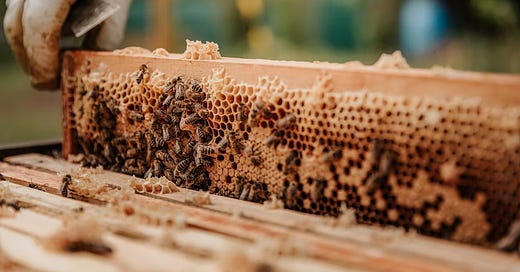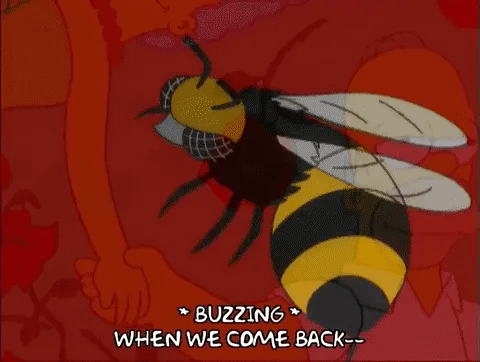When they told you that bees can save the planet, they were not exaggerating.
Superheroes of small size but of gigantic importance.
Today we live in cities that are characterized by industrialization, fast lifestyle, digitalization, tall skyscrapers, fast food, and high traffic. Leaving little room for natural spaces.
However, everything that comes with cities and nature can easily coexist. In fact, the inclusion of green spaces in our cities brings only benefits.
A clear example of this is urban apiculture.
What is Urban Apiculture?
To explain what it is, we must first define Apiculture on its own. Apiculture is nothing more than an agricultural activity that seeks the preservation of bees while producing honey.
Apiculture + Urban = Breeding of bees for their survival and use of the products generated by this activity, all of this in areas located in cities.
The main products obtained from apiculture are the following:
Pollen: Bees use it to feed their larvae and worker bees. While humans usually use it as a nutritional supplement due to the micronutrients it possesses. It has a high content of carbohydrates, proteins, and some vitamins. Although scientific evidence is insufficient, some people attribute energizing, anti-inflammatory, and even memory-stimulating properties to it.
Royal Jelly: The main food of queen bees, and we use it as a dietary supplement.
Propolis: It is a crucial part of the survival of bees, which use it to insulate and protect the honeycombs. However, we use it in a slightly different way, it is often used as a fungicide, bactericide, and even as an anti-inflammatory. Although there is no scientific evidence to support it, it is sometimes used to treat diabetes, herpes, and burns.
Wax: After honey, it is probably the most important product of beekeeping. Because of its moisturizing properties, it is used in cosmetics to produce soaps, lip creams, and mascaras. In fact, it is even used to produce candles and varnishes.
Apitoxin: This is just a fancy name for the poison that bees use to kill and die, in the most tragic, heroic, and sometimes stupid way possible, all at the same time. This poison can be used to treat injuries, bursitis, and tendonitis, and is even used to treat premenstrual syndrome.
Image by Bianca Ackerman, Unsplash
It is important to emphasize, once again, that although these products are used to treat various medical conditions, there is no scientific basis to support this.
NOTE THE EMPHASIS.
Apiculture, beyond the economic benefit it represents, is a great ally to increase bee populations, which in recent years have declined alarmingly.
But what's killing the bees?
Better said, who is killing the bees?
As is evident, bees are being exterminated by the most dangerous animal that has existed on Planet Earth for as long as we know: WE, human beings.
Wow, what a surprise (note the sarcasm).
According to the European Food Safety Authority, the main activities that have caused their death are human activities, with a little help from natural phenomena.
Intensive agriculture, characterized by monoculture and the use of pesticides and chemicals, is the main cause of the decline of the bee population.
This brings with it pathogens, virus attacks, invasive species arrivals, and bee malnutrition. This, added to natural causes such as environmental changes and modifications in temperature and pressure conditions, is more than enough to reduce bee populations to alarming levels.
Fortunately for us, however, it is not too late to act. The United Nations Environment Programme, UNEP, has stated that this does not yet declare us to be in a state of global crisis.
Nor do we want to go there.
What are the benefits of implementing City Apiculture Zones?
It directly benefits the pollination in the city, parks, and ecosystems surrounding the cities.
Besides being an economic activity of low cost and little need for space, it benefits from the products that are generated from this activity.
Bees are widely known as environmental indicators because when they fly they are impregnated with all the compounds used to measure air quality.
So you know, if you see a bee around, be proud, because you are looking at one of the silent saviors of our planet.
Jr Nicolás from Reduce Entropy🌍






